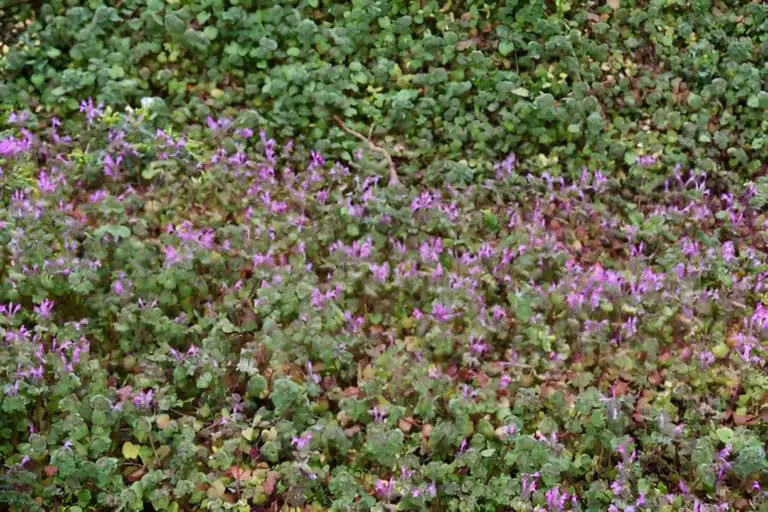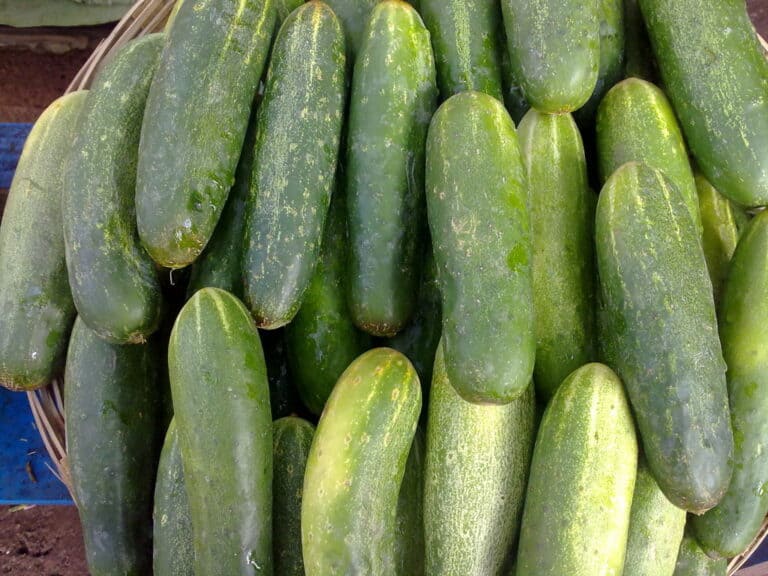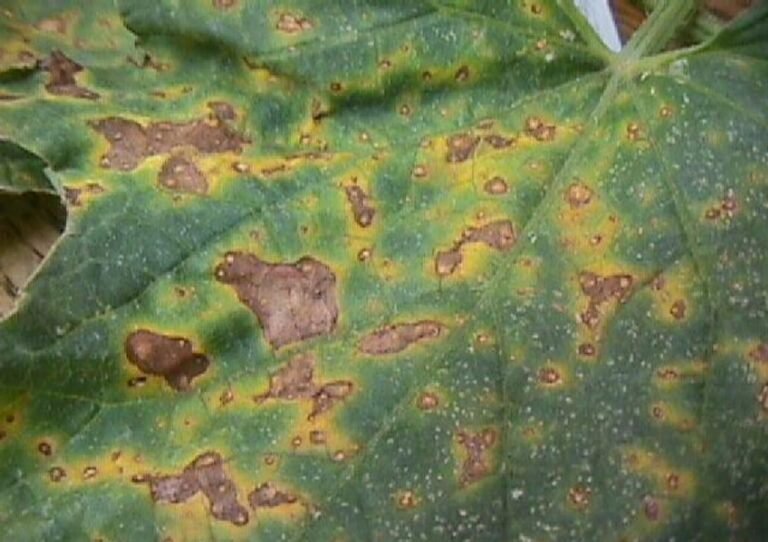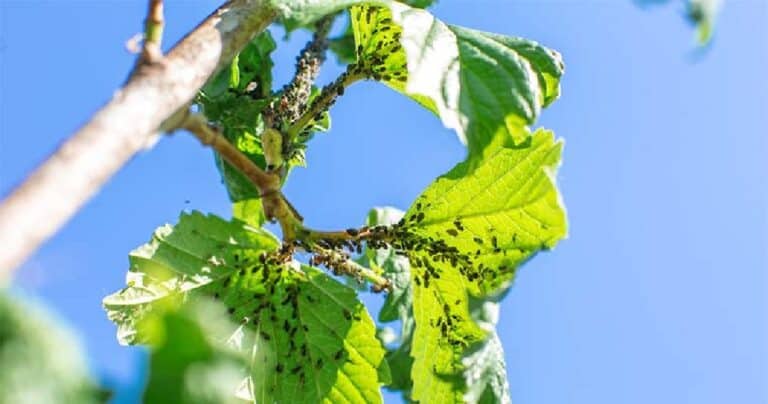How to Revive a God Tree: Key Steps for a Stronger Plant
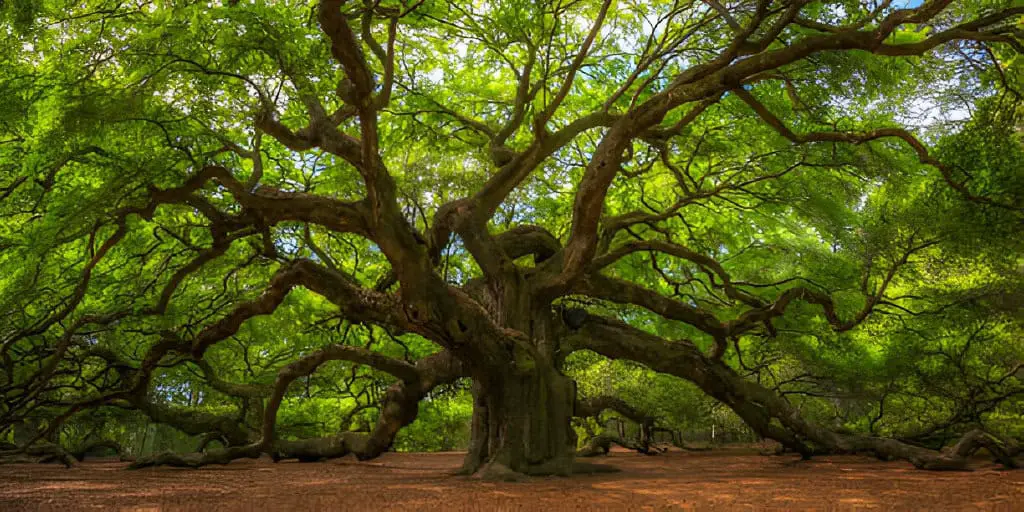
Have you ever gazed at your God Tree and felt a pang of worry? This majestic plant is famous for its grandeur and resilience. But, it can show distress that puzzles even seasoned gardeners. It’s unsettling to see a tree that usually stands tall and proud appear weakened, much like watching a regal lion limp—it just doesn’t sit right.
When your God Tree begins to falter, it’s crucial to act quickly and thoughtfully. Identifying the problem early can make all the difference in restoring its health. Look for common symptoms such as yellowing leaves, stunted growth, or unusual spots. These signs can indicate issues like nutrient deficiencies, pests, or improper watering.
Fortunately, reviving this impressive tree is not only possible but also a deeply satisfying journey. With patience and care, you can help your God Tree recover and return to its thriving glory.
By following these essential steps, you’ll not only revive your tree but also enhance your gardening skills. Watching your God Tree regain its vibrancy and strength will be a testament to your dedication and expertise.
Assess the Situation: The First Step to Revival
The journey to reviving your God Tree starts with a critical assessment. Imagine you’re a doctor evaluating a patient. Start by examining the tree’s leaves, branches, and roots.
Are the leaves yellowing or dropping prematurely? Are the branches looking bare or brittle? The roots, often the unsung heroes, should also be inspected. Healthy roots are typically firm and white, while unhealthy ones might appear mushy or discolored.
Take note of any signs of disease or pests. Are there unusual spots, webs, or bugs? Each symptom tells a part of the story about your tree’s health. We must gather this info before starting treatments. It’s key to your tree’s recovery to address the right issues.
Pruning: Cutting Back to Move Forward
Once you’ve assessed the situation, it’s time to roll up your sleeves and get to work. Pruning is often a necessary step in revitalizing a struggling tree. Think of it as giving your God Tree a much-needed haircut. By removing dead, diseased, or damaged branches, you help the tree focus its energy on new growth and recovery.
Here’s a straightforward approach to pruning:
- Identify Problematic Branches: Look for branches that are discolored, brittle, or have signs of disease.
- Use Clean Tools: Ensure your pruning shears are sharp and sanitized to prevent further damage or spread of disease.
- Cut with Precision: Make clean cuts at the branch collar, where the branch meets the trunk, to promote healthy regrowth.
Pruning can seem drastic, but it’s often necessary to help your tree breathe and focus its energy on rejuvenation.
Soil and Watering: The Foundation of Health
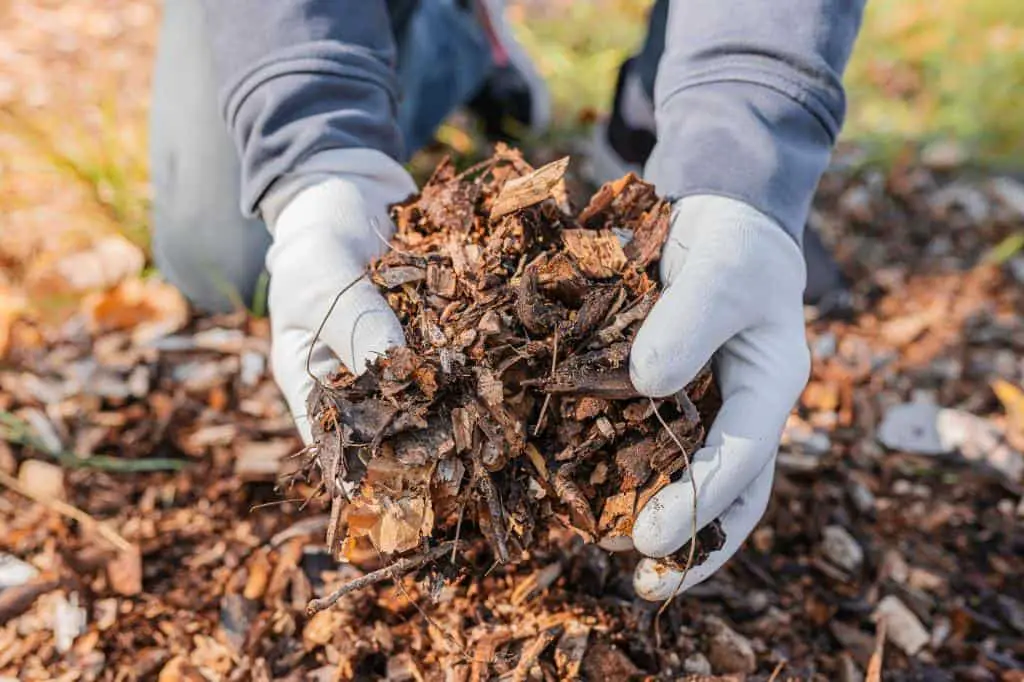
Just as you wouldn’t live on a diet of junk food, your God Tree needs proper nutrition and hydration to thrive. The soil and watering regimen play a crucial role in its recovery.
Start by checking the soil’s condition. It should be well-draining and rich in nutrients. If the soil is compacted or poor, consider amending it with compost or well-rotted manure. This enriches the soil and provides the necessary nutrients for the tree to recover.
Watering is another critical aspect. Overwatering can lead to root rot, while underwatering can cause dehydration. Strive for a balanced approach. Water deeply but infrequently, allowing the soil to dry out slightly between waterings. This ensures the roots get the moisture they need without sitting in soggy conditions.
Pest and Disease Management: Protecting Your Tree
Pests and diseases are like uninvited guests at a party—they can wreak havoc if not managed. Regularly inspect your God Tree for signs of infestations or diseases. Common issues might include aphids, scale insects, or fungal infections.
Addressing pests often involves using targeted treatments. Insecticidal soap or neem oil can be effective for many pests. For fungal diseases, consider using a fungicide or removing affected parts of the tree.
It’s important to act promptly. The sooner you identify and address these issues, the less damage they’ll cause, and the better chance your tree has for a full recovery.
Table of Key Steps for Reviving Your God Tree
| Step | Action | Purpose |
| Assessment | Examine leaves, branches, and roots | Identify problems and areas needing attention |
| Pruning | Remove dead or diseased branches | Promote healthy new growth |
| Soil & Watering | Check soil quality and adjust watering habits | Ensure proper nutrition and hydration |
| Pest Management | Inspect for pests and diseases; treat as necessary | Protect the tree from further harm |
Enhancing Light Conditions to Revive a God Tree
Improving light is vital for a struggling God Tree. The right light boosts growth and health. Each species of God Tree has specific light requirements.
Some thrive in full sun, while others prefer partial shade. Understanding these needs helps you provide the optimal environment for your tree. For instance, species like the God Tree in full sun will need at least six hours of direct sunlight daily to stay healthy and lush.
If your God Tree isn’t getting enough sunlight, you might notice symptoms like sparse foliage or slow growth. To remedy this, consider relocating the tree to a sunnier spot or pruning nearby plants that may be shading it. Additionally, using reflective materials, such as white stones or garden mirrors, can help redirect more light to the tree.
Conversely, if your tree is exposed to harsh, direct sunlight that could cause damage, you’ll need to protect it. Installing shade cloth or placing a temporary shelter can shield the tree from the intense sun, preventing leaf burn and other heat-related issues.
The Reward of a Revived God Tree
Reviving a struggling God Tree can be a deeply rewarding experience. It’s like witnessing a phoenix rise from the ashes; the transformation can be both dramatic and inspiring.
By assessing the tree’s needs and acting on them, you give your God Tree the best chance to recover. Prune it, manage the soil, and address pests or diseases.
With patience and dedication, you’ll not only save a tree but also gain valuable gardening skills. There’s nothing quite like the satisfaction of nurturing a plant back to health and watching it flourish once more.
So, roll up your sleeves, get to work, and enjoy the journey of reviving your God Tree. Your efforts will undoubtedly bear fruit, or rather, leaves and blossoms, as you witness your tree return to its full glory.

